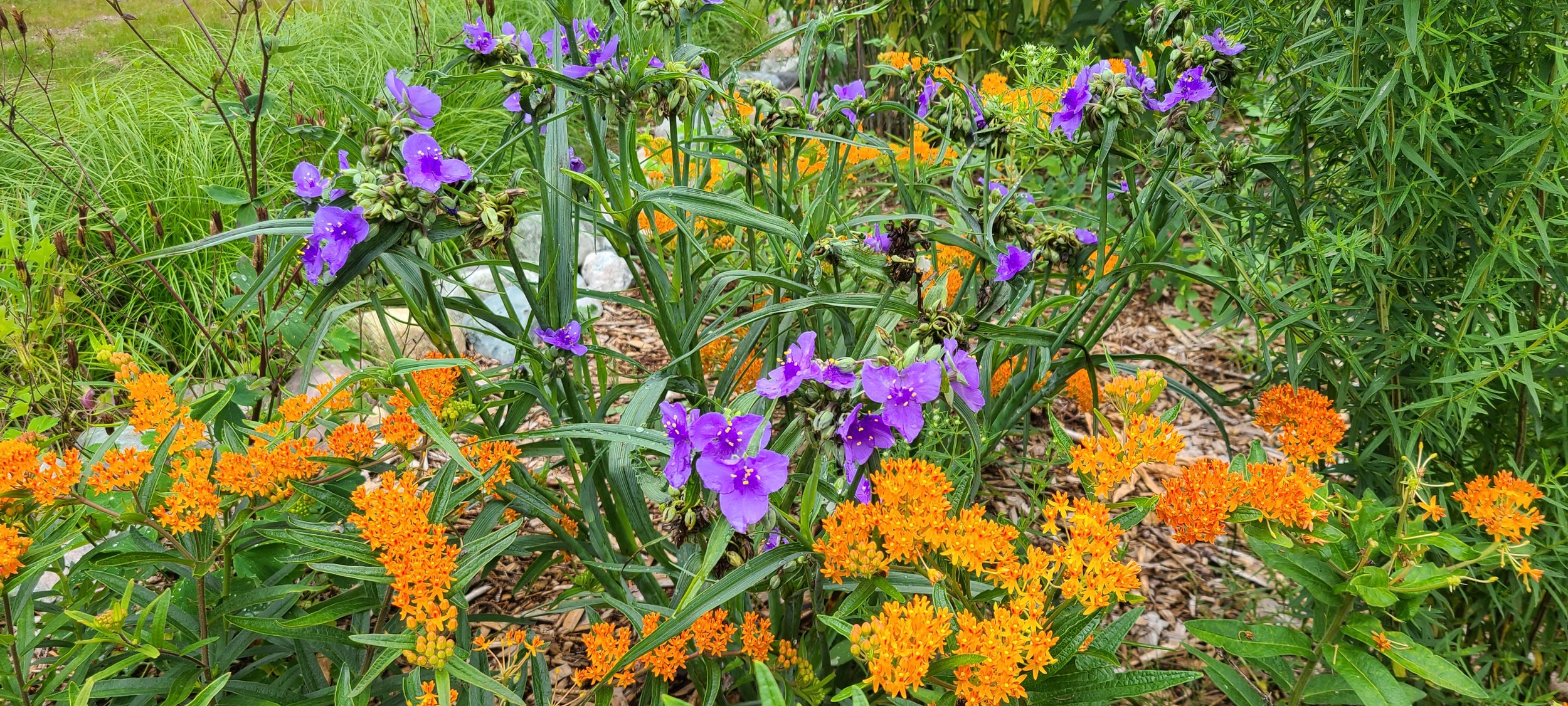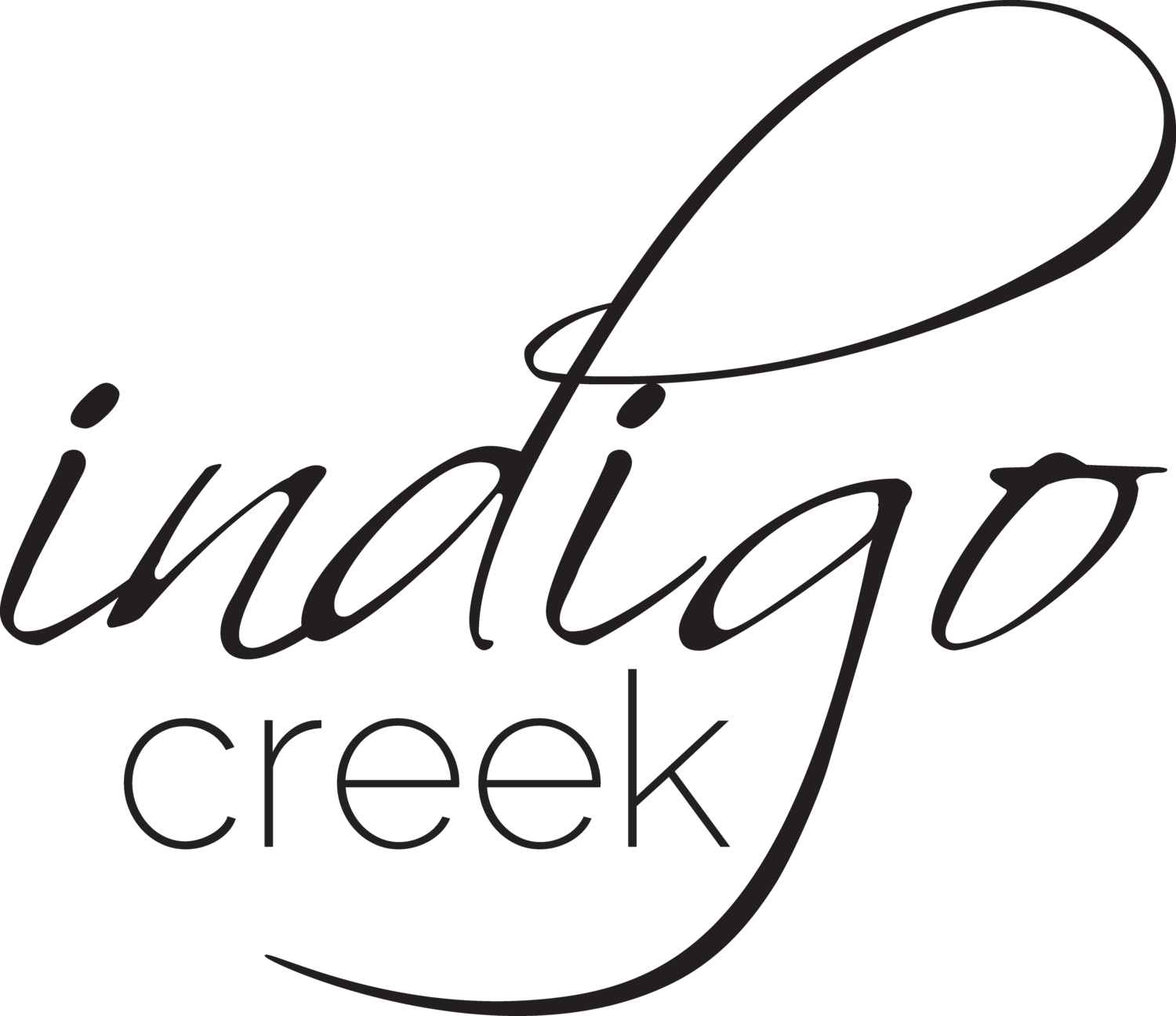
Planting & Care Instructions
Did you know the best time to plant native seeds is in the fall and winter? This allows dormant seeds to stratify* and germinate* in the spring. Planting in the spring is OK, but many wildflowers may not germinate until they can overwinter*.
Stratify: The process a seed goes through underground in the winter, softening its hard shell and triggering its search for sun and nutrients.
Germinate: Growth of a plant from seed.
Overwinter: To survive through winter.
Seed Packet Planting
-
Soil/Seed Prep
For plants needing full to partial sun, clear an area that gets at least 4 hours of direct sun in the summer. For full to partial shade plants clear an area that gets less than 4 hours of indirect sun (some plants may need full shade).
Mix seeds with equal amount of sand or soil to help spread seeds evenly over your planting area.

-
Seed Placement
Winter and Spring: Evenly distribute seed/sand mixture onto bare soil. (some seeds are teeny tiny). With your hand, lightly pat the seeds into the surface of the soil. This method most closely resembles what happens in nature.

-
Seed Care
Winter: Leave alone, the seeds know what to do!
Spring: Cover lightly with fall leaves or straw and make sure to keep seeds slightly damp.

Plant Care
-
Spring
You’ll begin to see green popping up, don’t pull any “weeds” unless you are 100% certain they are an unwanted plant. Don’t clear away any leaf litter until the last frost has passed. Not all natives will bloom their first year, but will still have beautiful green foliage.

-
Summer
Enjoy the beauty!
Keep your plants watered on the extra hot days, and pull weeds as you see them.

-
Fall/Winter
This is the time where many of the plants start to turn brown, but brown is a color too! Please leave the “dead” stems and seed heads for the bees and birds to utilize during the winter. Many native plants will reseed themselves, which means more wildflowers to enjoy in the spring!

-
Pests
Don’t panic! Bugs and “pests” are all a part of the food web and play an important roll in our ecosystem. Did you know one brood of five baby birds will eat three to six THOUSAND caterpillars before they leave the nest?
This is all a part of native gardening, please do not use any pesticides!
(In the image bellow you see ants farming aphids for the sweet liquid they secrete.)

Seed Balls
Toss and go!
You could place one seed ball into a patio planter, or toss some next to your driveway! Just like the seed packets, these native seeds are best used in the fall and winter.
Seed Shakers
Shake and go!
Shake the bottle anywhere you wish to see wildflowers grow!
Just like the seed packets, these native seeds are best used in the fall and winter.
USDA Plant Hardiness Maps
The 2012 USDA Plant Hardiness Zone Map is the standard by which gardeners and growers can determine which plants are most likely to thrive at a location. The map is based on the average annual minimum winter temperature, divided into 10-degree F zones.
Click an image to view the interactive maps on the USDA website.

Native plants provide food and shelter for wildlife.




